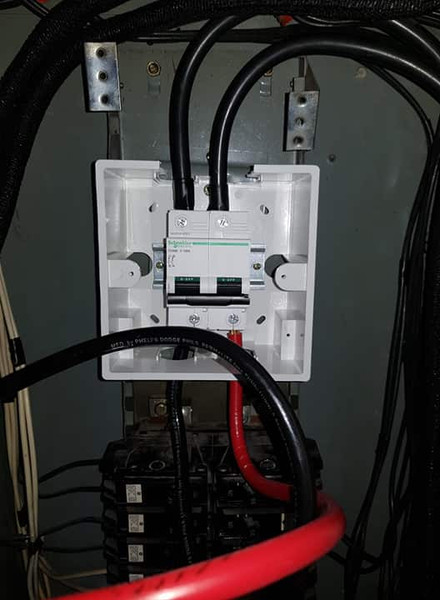I know 1 AWG will work with the Siemens Lugs. But it has a bottom with strip (shown at left)). I need something flat like in the right one (but the right one is china made without any brand, not UL listed and the bottom is not so flat). I just need a branded chair lugs that can accept 1 AWG with flat bottom. Any idea? What brands do you or other electricians/engineers use when such quality chair lugs are required?
It came to my attention that my electrician was in possession of 5 very inferior lugs where there are only few contacts points between the surface of it and the bus bar. So let me take the opportunity to thoroughly understand its behavior. Supposed the bus bar and lugs have few contact points only like the following:

Consider the red bits as only 0.5 millimeter contact points between bus bar and chair lugs where there are only ver few. At a small amperage, the few contact points would heat up. Let's say it crosses certain ampere and heating threshold where the contact points are on the merge of melting. Would it just melt? If it does, would the bus bar and chair lugs reposition themselves so there is more even contacts? (assuming the chair lugs goes down by gravity). Or would arc form between the gap and destroying other parts of the surface?
I couldn't find details of this in google and I've wanted to understand the details lately. So what happens in joule heating and melting (and arcing?) in microscopic contact points between bus bar and chair lugs when the surfaces are not evenly in contact? What's the step by step progression when they get destroyed (or is there readjustment to equilibrium where there is eventually more contacts as they melt into each other surface)?




